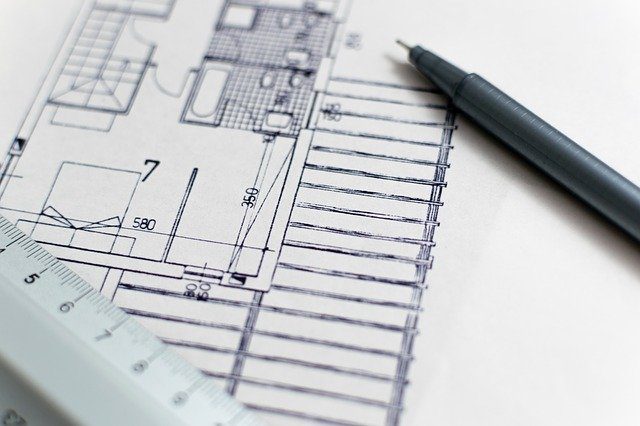A successful project is, that is completed by a contractor or a construction company on time and within a budget. If the client is happy with the project and the contractor or construction company goes home with a handful of profit. It is a win-win situation. When a project fails it is mainly caused due to conflicts and issues that cause cost overruns and delays in the schedule.
If not managed properly it will eventually lead to going over budget and going past the scheduled date as per the agreement. Going over budget means the construction company or contractor is cutting one?s profit in addition to being hit with the liquidated expense for every day past the agreed-upon completion date.
It can majorly affect the ongoing or upcoming projects if the contractor?s workers and equipment are trying to finish a falling project.
A wise man once said
?Failure is not an option?
So, what are the causes for a failed project, There are many factors that can lead to a failure, but most of the time it comes down to how well the project manager or management team performs overseeing the project? Even the most difficult project can be a successful one if properly managed.
In the following, we will discuss some of the factors that can lead to project failure and how to prevent them.
Poor Planning
Poor planning leads to poor execution and good planning leads to great execution. The more time and effort you put into your client?s project the outcome will always be better. This starts by carefully planning and understanding your plans, specifications, the scope of work, and client expectations and requirements. Good planning involves working with the client, architect, subcontractors, and suppliers to establish construction schedules and project milestones.
Planning is not just creating a construction schedule. Additional items include providing a risk assessment and management plan, developing site-specific safety plans, establishing contingency plans, site logistics, and lining up the delivery of materials and equipment. Keep in consideration that the plan and schedule is a important document that has to be updated and adjusted as work on the project progresses to the next step.
Communication Issues
Good communication is vital for a successful construction project. When communication among the parties breaks down or is mishandled, It can lead to delays, accidents, costly rework, and unhappy clients. Keeping everyone up to date on changes to the work or schedule goes a long way in preventing problems and mishaps from developing that cause projects to fail.
Develop a communication plan with your client and make a document containing all the control procedures. All the documents made have t be shared with designated stakeholders.
These includes:
- Meeting notes
- Submittals requests for information
- Invoices, daily reports
- Change orders
- Submittals
All things whether its emails, phone calls, or in-person conversations should be documented and saved. This goes a long way to clear up all the disputes or disagreements that might arise throughout the course of the project. The flow of communication has a high impact on the project itself. Problems and delays occur when people stop communicating or responding to inquiries. Projects run smoother and get completed on time and within a budget when there is no communication gap and everyone is collaborating effectively.?
Scope Creep & Change Orders
Scope creep is a continuous process of change or expansion to the project?s initial scope beyond what was initially intended. Things that lead up to scope creep are including poorly defined scope, specification, and incomplete plans, poor communication, mismanagement of change orders, and clients changing their mind in what they want.
Change in raiders mainly includes that they involve changes which they didn?t tell didn?t want at the start of the project. Change in order is not scope creep because it contains changes in the plan outside the original plan. Change in order is not necessarily scope creep because it involves both addition and deletion from the original scope. They can also be started by the owner, but GCs and subs can also request change orders and they don?t always result in additional costs or deadline extension.
Clearly, you shouldn?t take on a project with a poorly defined scope or incomplete plans and specs. All construction methods, finishes, and materials should be determined before you sign a contract and begin work.
The contract should clearly state how any work outside of the original scope should be requested and documented. No additional work should start without writing it down on a contract and an order has been ordered and executed by the client. Additional time, cost, or anything should be briefly mentioned in the contract and agreed upon. Don?t forget to work with your to determine how change orders might impact their schedule before signing off on additional work.

As the editor of the blog, She curate insightful content that sparks curiosity and fosters learning. With a passion for storytelling and a keen eye for detail, she strive to bring diverse perspectives and engaging narratives to readers, ensuring every piece informs, inspires, and enriches.










